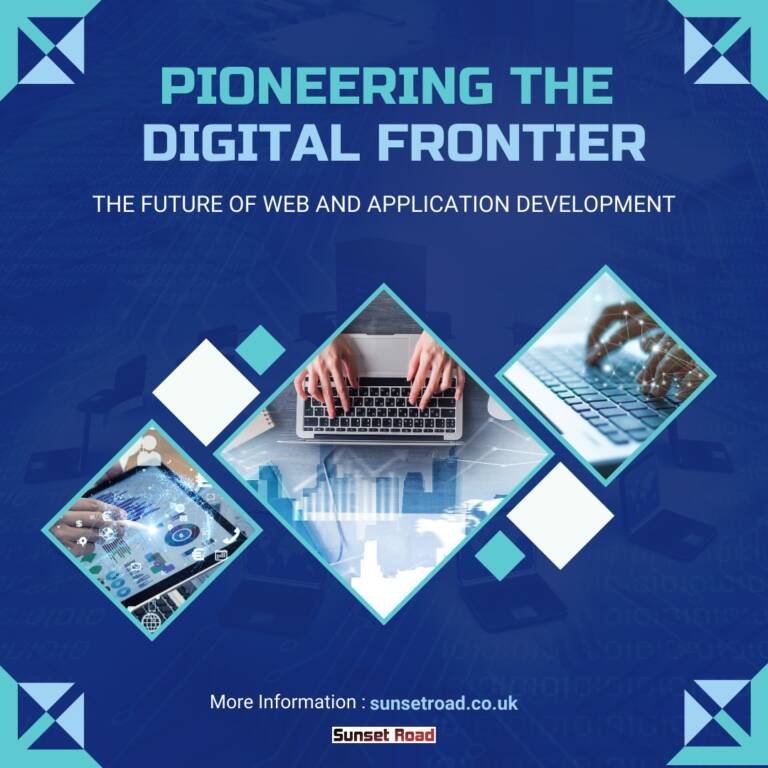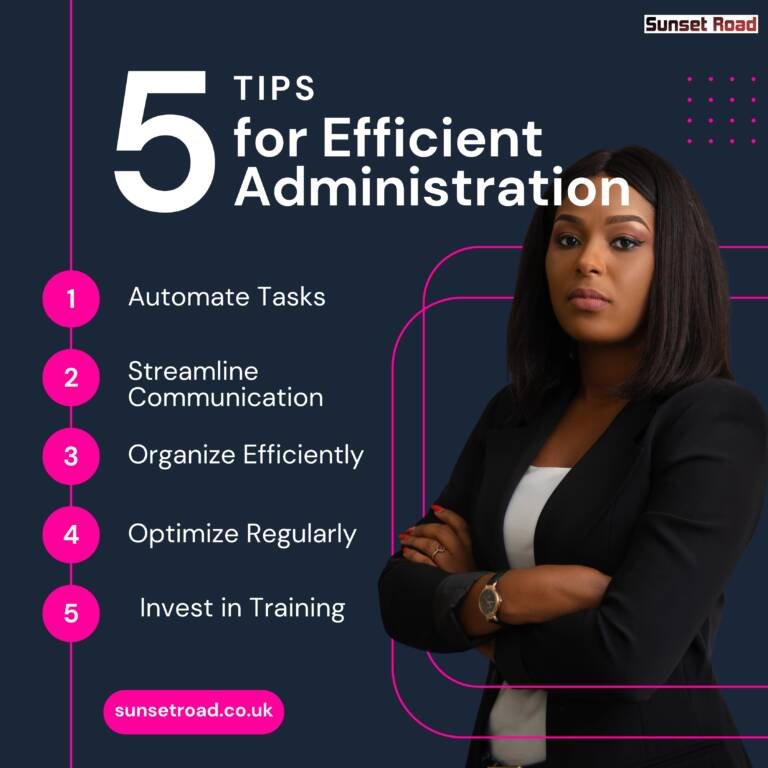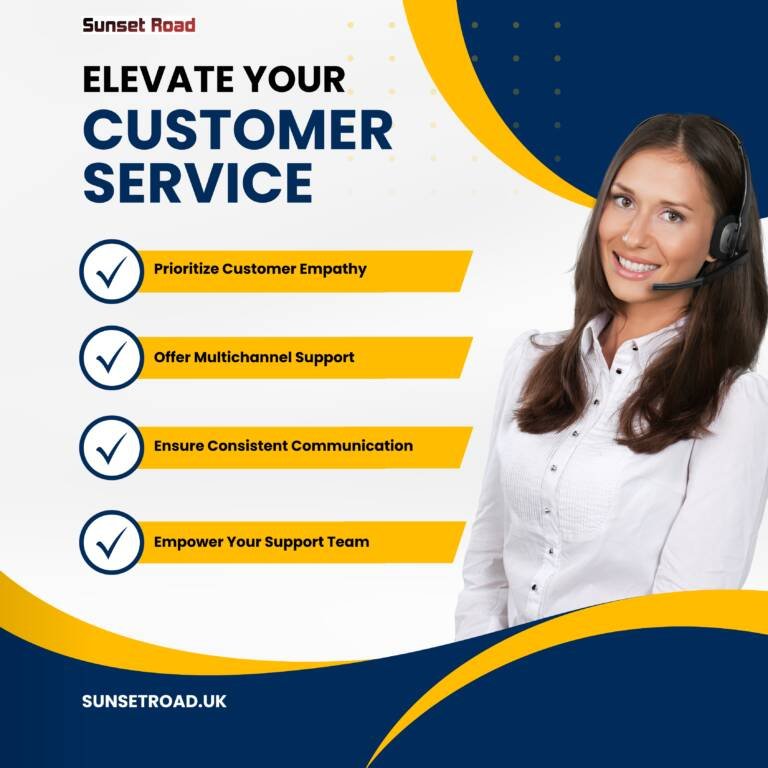How Technology is Shaping the Future of HR
In today’s rapidly evolving business environment, technology is transforming every facet of human resources (HR) and talent management. From streamlining recruitment processes to enhancing employee engagement, the integration of advanced technologies is reshaping how organizations attract, manage, and retain talent. This blog explores the key ways in which technology is revolutionizing talent management and HR practices, providing examples and insights into how businesses can leverage these innovations to stay ahead in the competitive landscape.
1. Automated Recruitment and Talent Acquisition
Streamlined Hiring Processes: Traditional hiring processes are often time-consuming and cumbersome. Technology, particularly through applicant tracking systems (ATS), has streamlined these processes by automating resume screening, candidate tracking, and interview scheduling. Platforms like Greenhouse and Lever help HR professionals manage large volumes of applications efficiently, ensuring that only the most qualified candidates are shortlisted.
AI-Driven Recruitment Tools: Artificial intelligence (AI) is making waves in recruitment by using algorithms to match job descriptions with candidate profiles. Tools like HireVue and Pymetrics utilize AI to assess candidates’ skills, personality traits, and cultural fit, enabling more precise and objective hiring decisions. AI chatbots can also engage with candidates in real time, answering their questions and providing updates on their application status.
Video Interview Platforms: With the rise of remote work, video interview platforms such as Zoom and HireVue have become essential. These platforms not only facilitate virtual interviews but also often come with features like automated scheduling and interview recording, making it easier to review and compare candidates.
2. Enhanced Employee Onboarding
Digital Onboarding Platforms: Onboarding is a crucial phase in employee integration. Technology has introduced digital onboarding platforms such as BambooHR and WorkBright, which provide new hires with interactive training modules, important company information, and onboarding tasks. These platforms ensure a smooth transition for new employees and help them become productive faster.
Virtual Reality (VR) Training: VR technology offers immersive training experiences, allowing new hires to engage in realistic simulations of their job roles and workplace environment. This approach not only makes training more engaging but also helps in better retention of information. For instance, VR can simulate complex machinery operations or customer service scenarios, providing hands-on experience without real-world risks.
Digital Checklists and Task Management: Tools like Asana and Trello can be used to create digital checklists for onboarding tasks, ensuring that new hires complete all required steps. These tools help track progress and keep both HR and new employees organized and on track.
3. Data-Driven HR Decision Making
People Analytics: Data analytics is transforming HR by providing actionable insights into workforce trends, employee performance, and organizational effectiveness. Platforms like SAP SuccessFactors and Workday offer advanced analytics tools that enable HR professionals to make informed decisions based on real-time data, identify talent gaps, and develop targeted strategies for employee development.
Predictive Analytics: Predictive analytics use historical data and statistical models to forecast future HR trends. For example, predictive models can anticipate employee turnover, enabling organizations to proactively address potential issues and implement retention strategies. This technology can also help in forecasting staffing needs and identifying potential skill shortages.
Benchmarking and Competitive Analysis: Data-driven insights allow organizations to benchmark their HR practices against industry standards and competitors. Tools like LinkedIn Talent Insights provide valuable data on market trends, compensation benchmarks, and talent availability, helping organizations stay competitive.
4. Improved Employee Engagement and Development
Personalized Learning and Development: Technology enables personalized learning experiences through online training platforms like Coursera and LinkedIn Learning. These platforms offer a wide range of courses and certifications tailored to employees’ individual career goals and skill needs, fostering continuous development and engagement.
Employee Feedback Tools: Regular feedback is essential for employee growth. Tools like Officevibe and TinyPulse facilitate real-time feedback and employee surveys, allowing organizations to gauge employee satisfaction, identify areas for improvement, and create a more responsive and supportive work environment.
Career Pathing and Development Plans: Technologies like Pathgather and Fuel50 help employees map out their career paths and development plans. These tools provide insights into potential career trajectories within the organization and recommend training and development opportunities to help employees achieve their goals.
5. Advanced Performance Management
Continuous Performance Tracking: Traditional annual performance reviews are being replaced by continuous performance management systems. Technologies like 15Five and Lattice provide ongoing feedback and goal-setting features, enabling managers and employees to track progress, set objectives, and discuss performance in real time.
Gamification: Gamification incorporates game elements into performance management to increase engagement and motivation. Platforms like Kudos and Workboard use gamified features to reward achievements, set challenges, and foster a competitive yet collaborative work culture.
Real-Time Performance Dashboards: Performance management systems now offer real-time dashboards that provide insights into individual and team performance. These dashboards help managers and employees track goals, monitor progress, and address issues promptly.
6. Streamlined HR Administration
HR Management Systems (HRMS): Comprehensive HRMS solutions like Oracle HCM Cloud and ADP Workforce Now automate various HR administrative tasks, such as payroll processing, benefits administration, and compliance management. These systems reduce manual work, minimize errors, and ensure regulatory compliance.
Self-Service Portals: Employee self-service portals empower employees to manage their own HR-related tasks, such as updating personal information, accessing pay stubs, and requesting time off. This reduces the administrative burden on HR departments and enhances employee satisfaction.
Document Management and E-Signatures: Tools like DocuSign and Adobe Sign streamline document management and e-signatures, simplifying the process of handling contracts, policy updates, and other important documents.
7. Remote Work and Collaboration Tools
Virtual Collaboration Platforms: The rise of remote work has increased the need for effective virtual collaboration tools. Platforms like Slack, Microsoft Teams, and Zoom facilitate communication, project management, and team collaboration, ensuring that remote teams remain connected and productive.
Remote Workforce Management: Technology aids in managing remote workforces by providing tools for time tracking, productivity monitoring, and remote onboarding. Solutions like Time Doctor and Hubstaff help organizations manage and support their remote teams effectively.
Cybersecurity for Remote Work: Ensuring data security in a remote work environment is crucial. Technologies like VPNs, two-factor authentication, and secure collaboration tools help protect sensitive information and maintain organizational security.
8. Diversity and Inclusion Initiatives
Bias Reduction Tools: Technology can help reduce bias in recruitment and performance evaluations. Tools like Textio and UnBias analyze job descriptions and performance reviews for biased language, promoting more inclusive practices.
Diversity Analytics: Platforms like Diversio and Culture Amp provide insights into diversity metrics and inclusion initiatives. These tools help organizations track their progress, set diversity goals, and implement strategies to create a more inclusive workplace.
9. Health and Wellness Programs
Wellness Apps: Technology is also impacting employee health and wellness. Wellness apps like Headspace and Virgin Pulse offer resources for mental health, stress management, and overall well-being, helping employees maintain a healthy work-life balance.
Health Data Integration: Integrating health data with HR systems allows organizations to monitor wellness trends and address health-related issues proactively. This integration can also help in designing targeted wellness programs and benefits.
Conclusion
Technology is undeniably reshaping the landscape of talent management and HR practices. From automated recruitment and digital onboarding to data-driven decision-making and remote work solutions, the integration of advanced technologies is driving efficiency, enhancing employee experiences, and enabling organizations to stay competitive. By embracing these technological innovations, businesses can unlock new opportunities for growth, engagement, and success in the ever-evolving world of HR.
As technology continues to advance, staying informed about the latest trends and tools will be crucial for HR professionals looking to navigate the future of talent management effectively. Embracing these changes will not only streamline HR processes but also create a more dynamic, responsive, and inclusive workplace.












